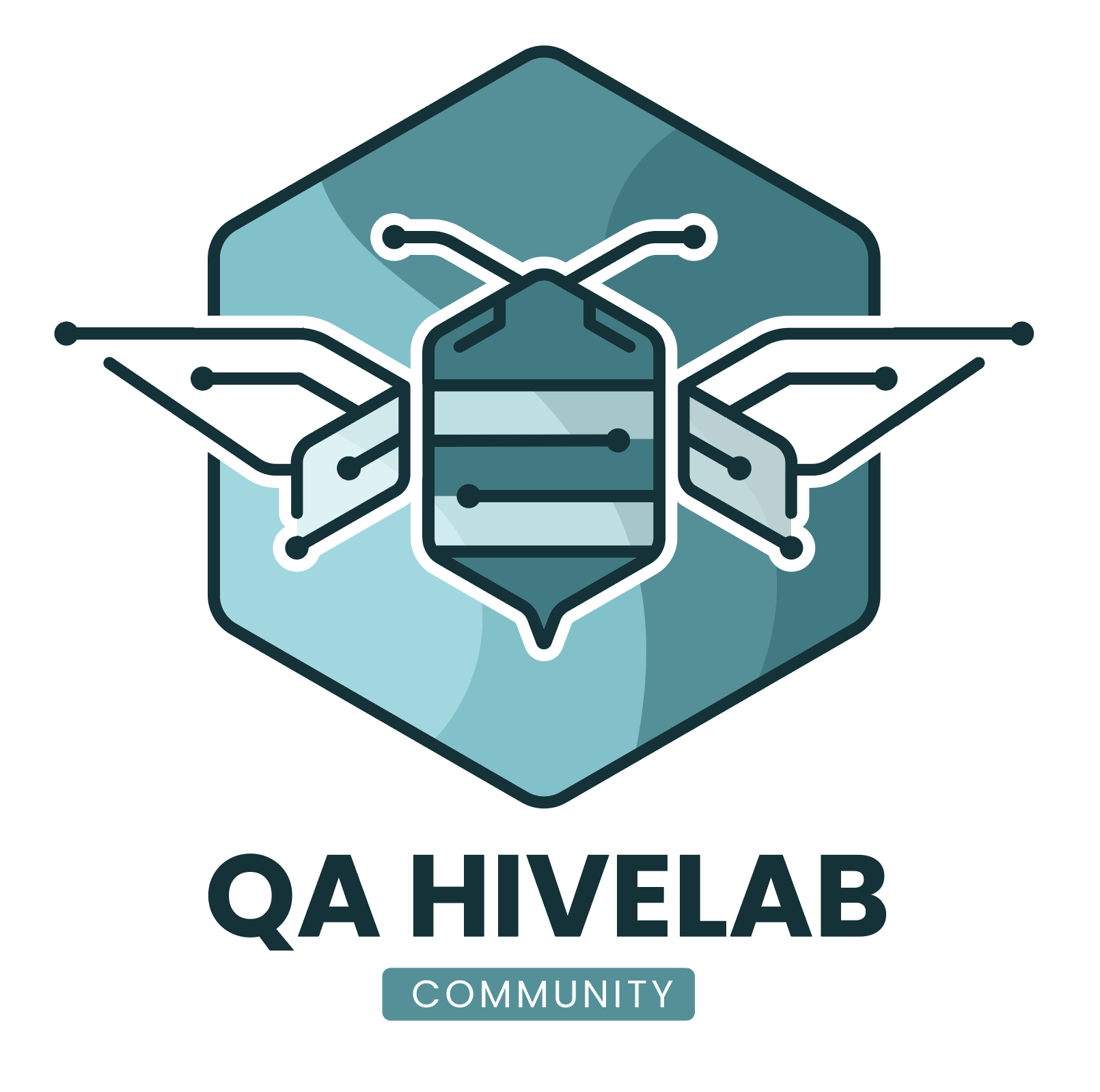📝 QA HiveLab Content Contribution Guide
📝 QA HiveLab Content Contribution Guide
Welcome to QA HiveLab! This guide explains how to contribute content without needing HTML knowledge. Everything is managed through simple Markdown files and data structures.
🚀 Quick Start for Authors
1. Writing a New Blog Post
- Copy the template: Duplicate
_templates/blog-post-template.md - Rename: Use format
YYYY-MM-DD-your-post-title.md - Place in:
_posts/directory - Fill out: The front matter (the section between
---) - Write: Your content in Markdown below the front matter
Example file name: 2024-06-08-selenium-best-practices.md
2. Adding Yourself as an Author
- Edit:
_data/authors.yml - Add your info: Copy the template at the bottom
- Use your author ID: In your blog post front matter
📁 Content Structure
1
2
3
4
5
6
7
8
9
qahivelab/
├── _posts/ # Blog posts go here
│ └── YYYY-MM-DD-title.md # Your blog posts
├── _data/ # Site configuration (data-driven)
│ ├── authors.yml # Author information
│ └── site_config.yml # Site settings
├── _templates/ # Templates for contributors
│ └── blog-post-template.md # Copy this for new posts
└── CONTENT_GUIDE.md # This guide
✍️ Writing Guidelines
Front Matter (Required Fields)
1
2
3
4
5
6
7
8
---
title: "Your Compelling Title" # ✅ Required
date: 2024-06-08 # ✅ Required (YYYY-MM-DD)
author: your_author_id # ✅ Required (from authors.yml)
excerpt: "One sentence hook" # ✅ Required
categories: [testing, automation] # Choose appropriate categories
tags: [selenium, python, pytest] # Specific tech/topic tags
---
Content Categories
testing- QA methodologies, best practicesautomation- Test automation tools and frameworksai- AI/ML in testing, intelligent testingtools- Tool reviews, comparisons, tutorialscommunity- Community news, events, discussionstutorials- Step-by-step guides
Markdown Tips
1
2
3
4
5
6
7
8
9
10
11
12
13
14
15
16
17
18
19
20
21
22
23
24
# Main Title (H1) - Use once
## Section Title (H2)
### Subsection (H3)
**Bold text** for emphasis
*Italic text* for subtle emphasis
- Bullet points
- For lists
1. Numbered lists
2. For steps
`inline code` for short code snippets
\```python
# Code blocks with syntax highlighting
def test_example():
assert True
\```
[Link text](https://example.com)

🤝 Contribution Workflow
Option 1: GitHub Web Interface (Easiest)
- Go to GitHub repository
- Navigate to
_posts/or_data/ - Click “Add file” → “Create new file”
- Copy template content
- Fill out your content
- Scroll down and create Pull Request
Option 2: Local Development
- Clone the repository
- Create your content files
- Test locally with
bundle exec jekyll serve - Commit and push your changes
- Create Pull Request
Option 3: Direct File Upload
- Create your
.mdfile locally - Go to GitHub repository
- Navigate to appropriate folder
- Drag and drop your file
- Create Pull Request
🛠️ For Site Administrators
Site Configuration
Edit _data/site_config.yml to modify:
- Site metadata and SEO
- Homepage content and CTAs
- Feature cards
- Blog settings
- Partnership information
Author Management
Edit _data/authors.yml to:
- Add new authors
- Update author information
- Manage social links
Content Moderation
- Review Pull Requests for:
- Content quality and relevance
- Proper front matter
- Appropriate categorization
- Test changes locally if needed
- Merge approved content
🎨 Advanced Features
Featured Posts
Set featured: true in front matter to highlight posts
Draft Posts
Set published: false to create drafts
Custom Images
- Add images to
/assets/images/posts/ - Reference in front matter:
image: /assets/images/posts/your-image.jpg
SEO Optimization
Include in front matter:
1
2
description: "Detailed SEO description"
keywords: "relevant, keywords, for, search"
👥 QA HiveLab Team Authors
Our founding team includes eight QA Automation experts from Healthnexus:
- juan_pablo_moreno - Juan Pablo Moreno (AI & Prompting Expert)
- carolina_cardona - Carolina Cardona (Detail & Reporting Expert)
- laura_giraldo - Laura Giraldo (Business Understanding Expert)
- juan_luis_becquet - Juan Luis Becquet (Problem Solving Expert)
- juan_esteban_marin - Juan Esteban Marin (API Testing Specialist)
- juan_diego_vasquez - Juan Diego Vasquez (Karate & Java Expert)
- diego_bermudez - Diego Alejandro Bermudez (CI/CD & Security Expert)
- cesar_tapasco - Cesar Augusto Tapasco (QA Leader & Mentor)
All founders specialize in API testing, UI automation with Playwright and Behave, and cutting-edge testing technologies.
🆘 Need Help?
- Template Issues: Check
_templates/blog-post-template.md - Author Setup: Review
_data/authors.ymlexamples - Markdown Help: Markdown Guide
- Technical Issues: Create an issue in the repository
- Team Questions: Reach out to any of our founding team members
📋 Content Checklist
Before submitting:
- Used blog post template
- Filled all required front matter fields
- Added yourself to authors.yml (first-time contributors)
- Content is original and relevant to QA community
- Proper markdown formatting
- Spell-checked and proofread
- Appropriate categories and tags
Happy Writing! 🐝
The QA HiveLab community thrives on your contributions. Every post helps fellow QA engineers learn and grow.
 QA Hive
QA Hive